Bioenergy and its Role in Combating Climate Change
Anaerobic Digestion's Sustainable Pathway Towards a Low-Carbon Future.
Anaerobic digestion (AD) stands as a cornerstone of sustainable bioenergy production, offering a viable solution to several pressing environmental challenges. This process, fundamental in the realm of waste management and renewable energy, utilises microorganisms to break down organic materials in the absence of oxygen, transforming waste into valuable resources such as biogas and biofertiliser.
What is Anaerobic Digestion?
Anaerobic digestion is a biological process that takes place in an anaerobic digester, where organic material is decomposed by bacteria in an oxygen-free environment. The output, primarily methane and carbon dioxide, is captured as biogas, which can be used for heating, electricity generation, or upgraded to biomethane suitable for injection into the gas grid or use as transport fuel.
Anaerobic Digestion Technology
Modern anaerobic digestion technology has evolved significantly, leading to the development of sophisticated anaerobic digestion plants that optimise the digestion process. In the UK, numerous anaerobic digestion facilities are operational, contributing significantly to the country's renewable energy mix. These plants vary in size and function, ranging from small, farm-based systems to large-scale commercial plants that process municipal solid waste, agricultural residues, or food waste.
The Contribution of Bioenergy to Reducing Greenhouse Gas Emissions
Bioenergy, derived from the biomass processed through anaerobic digestion, plays a crucial role in mitigating climate change by providing a renewable source of energy that can replace fossil fuels. The anaerobic digestion of food waste and other organic materials reduces the emission of methane—a potent greenhouse gas—by capturing it and converting it into energy.
Anaerobic Digestion of Food Waste
The anaerobic digestion of food waste is particularly impactful. By diverting food waste from landfills where it would decompose anaerobically and release methane into the atmosphere, anaerobic digestion plants can significantly lower greenhouse gas emissions. Furthermore, the nutrient-rich digestate produced during the process can be used as a biofertiliser, reducing the reliance on chemical fertilisers and further decreasing the carbon footprint of agricultural practices.
The Potential for Bioenergy to Replace Fossil Fuels
Bioenergy produced through anaerobic digestion is a promising alternative to fossil fuels. Biogas can be used directly in combined heat and power (CHP) systems, providing localised energy solutions that reduce energy transmission losses and increase efficiency. Moreover, with advancements in anaerobic digestion technology, the energy yield from biomass has increased, making it a more attractive option for replacing coal, oil, and natural gas in energy production.
Anaerobic Digestion vs Gasification
When comparing anaerobic digestion with other biomass energy production methods like gasification, each has its merits and limitations. While gasification involves the high-temperature conversion of biomass into syngas, anaerobic digestion operates at lower temperatures and can process wet organic materials, which gasification cannot handle efficiently. This flexibility allows anaerobic digestion to be applied more broadly across various waste types, enhancing its potential as a sustainable energy solution.
Strategies for Enhancing the Sustainability of Bioenergy Production
To maximise the sustainability of bioenergy production, several strategies can be implemented:
Optimisation of Anaerobic Digestion Plants: Enhancing the efficiency of anaerobic digesters involves improving the pre-treatment of biomass, optimising the mix of feedstocks, and advancing digestion technologies. This can increase biogas yields and reduce operational costs, making the technology more competitive with fossil fuels.
Integration with Waste Management Systems: Incorporating anaerobic digestion into municipal waste management strategies can reduce landfill use, lower methane emissions, and produce energy and biofertilisers locally.
Legislative and Financial Support: Governments can play a pivotal role by enacting supportive policies, providing incentives for anaerobic digestion projects, and investing in research to overcome technical barriers and scale up the technology.
Public and Stakeholder Engagement: Educating the public and involving stakeholders in the development and expansion of anaerobic digestion facilities can lead to greater acceptance and more effective implementation of bioenergy projects.
Anaerobic Digestion Facilities and Gas Production
The capacity for gas production in anaerobic digestion facilities is significant. By harnessing the biogas produced efficiently, these facilities can supply a considerable amount of renewable energy, reducing dependence on fossil fuels and contributing to a low-carbon energy future. In the UK, anaerobic digestion plants are an essential part of the strategy to increase renewable energy capacity, supported by policies that recognise the dual benefits of waste reduction and renewable energy production.
Conclusion
Anaerobic digestion offers a promising pathway towards a sustainable, low-carbon future. Its role in bioenergy production not only helps combat climate change but also supports circular economy principles by turning waste into wealth. As technology advances and more efficient practices are adopted, the potential for anaerobic digestion to contribute to environmental sustainability and energy security becomes increasingly evident.
